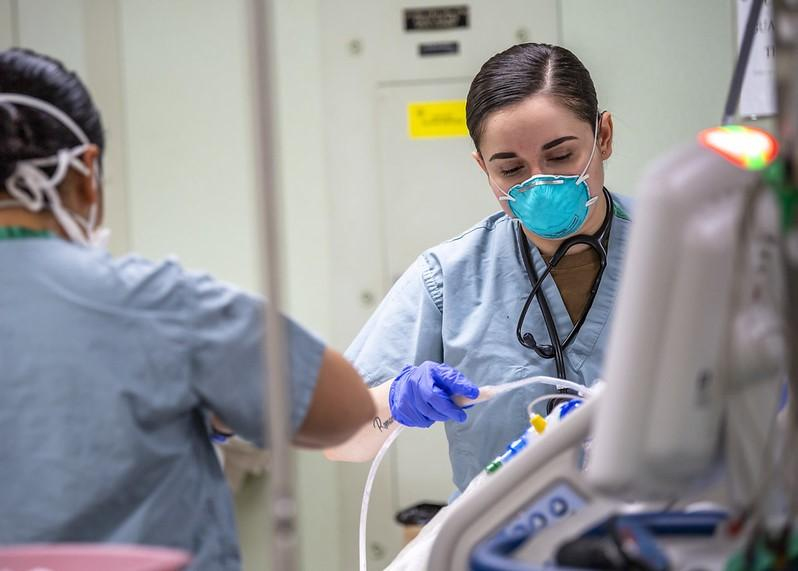_0.jpg)
Built-in mechanical ventilation and portable air cleaners (PACs), used by hospitals to help mitigate the spread of viruses, may actually spread viruses and other pathogens in some instances, according to new research from scientists at the University College London (UCL). The findings were recently published in Aerosol Science and Technology.
The authors of the study constructed an experiment tracking airborne particles around UCL hospital (UCLH) outpatient clinic during a number of simulated scenarios. The researchers used aerosol generators dispersing saline solution in certain rooms, with particle detectors in other rooms to track the movement of particles around the clinic, including the nursing stations, waiting rooms, and corridors.
Particle spread was uneven: In some scenarios, particles were reduced by ventilation and PACs by up to 96%. But the authors also noted that neighboring rooms had unexpectedly increased aerosol migration of 29% due to exhaust mechanics.
Closing consulting room (CR) doors put significant limitations on virus spread, but portable PACs at nursing stations and check-in desks had limited effect on reducing spread.
Air currents likely even more complex in older hospitals
"When all CR doors were opened, and the subsequent migration of aerosols in the presence of PACs and mechanical supply/extract ventilation was analyzed it revealed that the air currents in a volume can be complicated, and lead to potentially unexpected results," the authors wrote.
Putting air cleaners in rooms led to unexpected increases in the circulation of aerosols in some cases.
"Putting air cleaners in rooms led to unexpected increases in the circulation of aerosols in some cases, but it took months to understand what we were seeing. Each scenario produced different, unexpected results, depending on the spaces and airflow sources involved," said Laurence Lovat, PhD, a senior author of the study in a press release from UCL. "Even at UCLH, a modern hospital built less than 20 years ago, airflow patterns were not predictable. In older hospitals, which often have natural draughts, the situation would likely be even more complex."
The authors said these dynamics must be further studied, especially because so many hospitals and clinics increased air ventilation systems after the COVID-19 pandemic.












